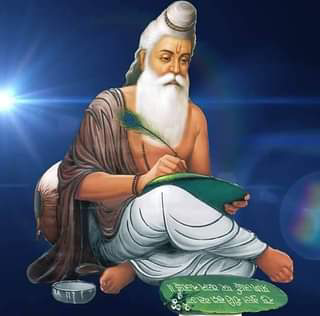Maharishi Valmiki: The Revered Sage

Introduction: Maharishi Valmiki, the celebrated author of the epic Ramayana, is one of the most revered sages in Indian history. His life and teachings continue to inspire and guide generations of seekers, making him a revered figure in literature and spirituality. In this blog post, we delve into the life of Maharishi Valmiki, exploring his childhood, transformative experiences, and the profound impact of his literary contributions. Maharishi Valmiki's Childhood and Early Life: Maharishi Valmiki, originally named Ratnakara, was born into a family of hunters in a forest area in northern India. Despite his humble background, Valmiki exhibited a curious mind and a thirst for knowledge. He eagerly sought wisdom from sages and learned the arts of survival, including archery and hunting. However, his life took a transformative turn that would change the course of his existence. The Encounter with Sage Narada: One fateful day, Ratnakara encountered the revered sage Narada Muni. Narada...



